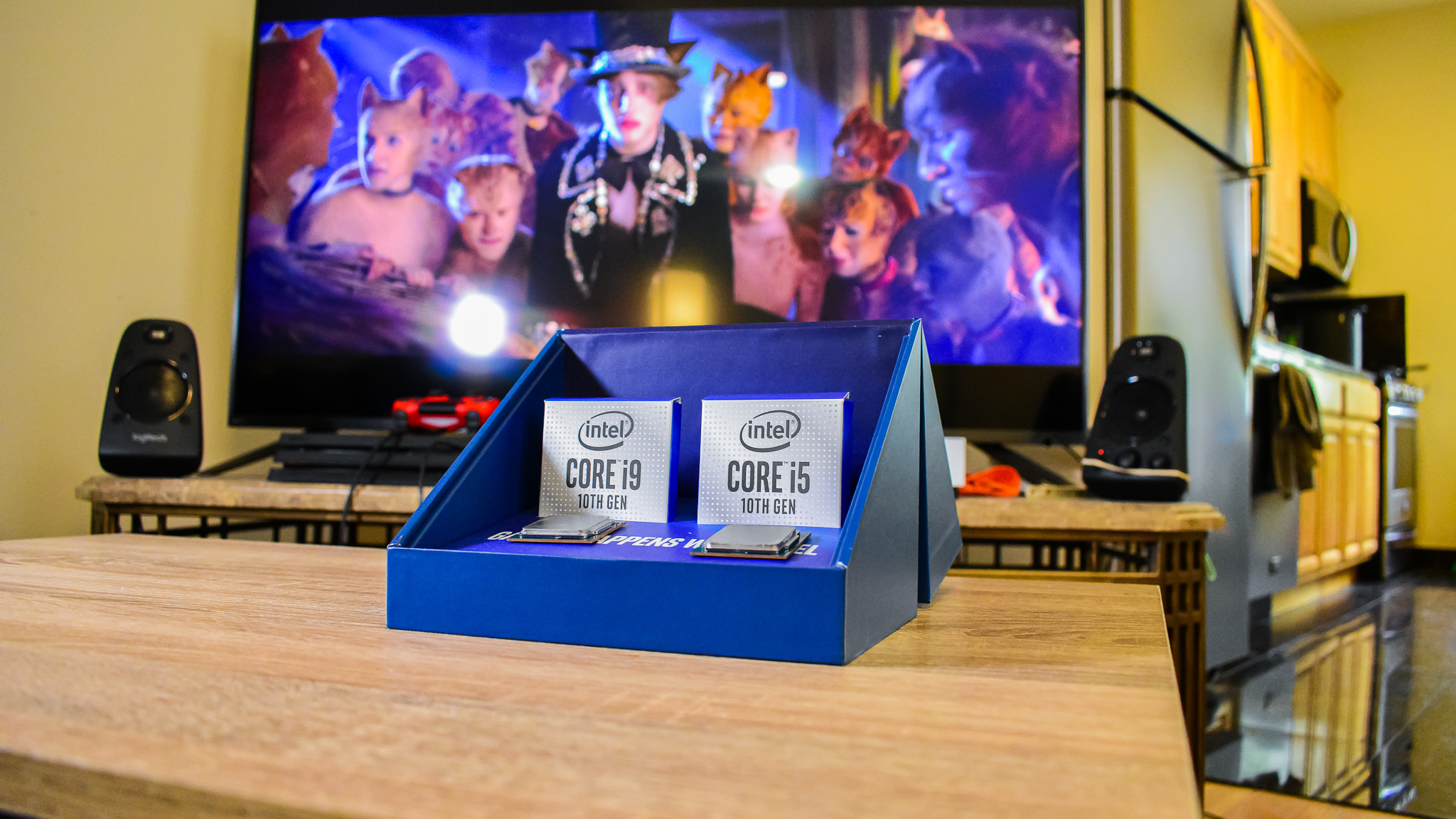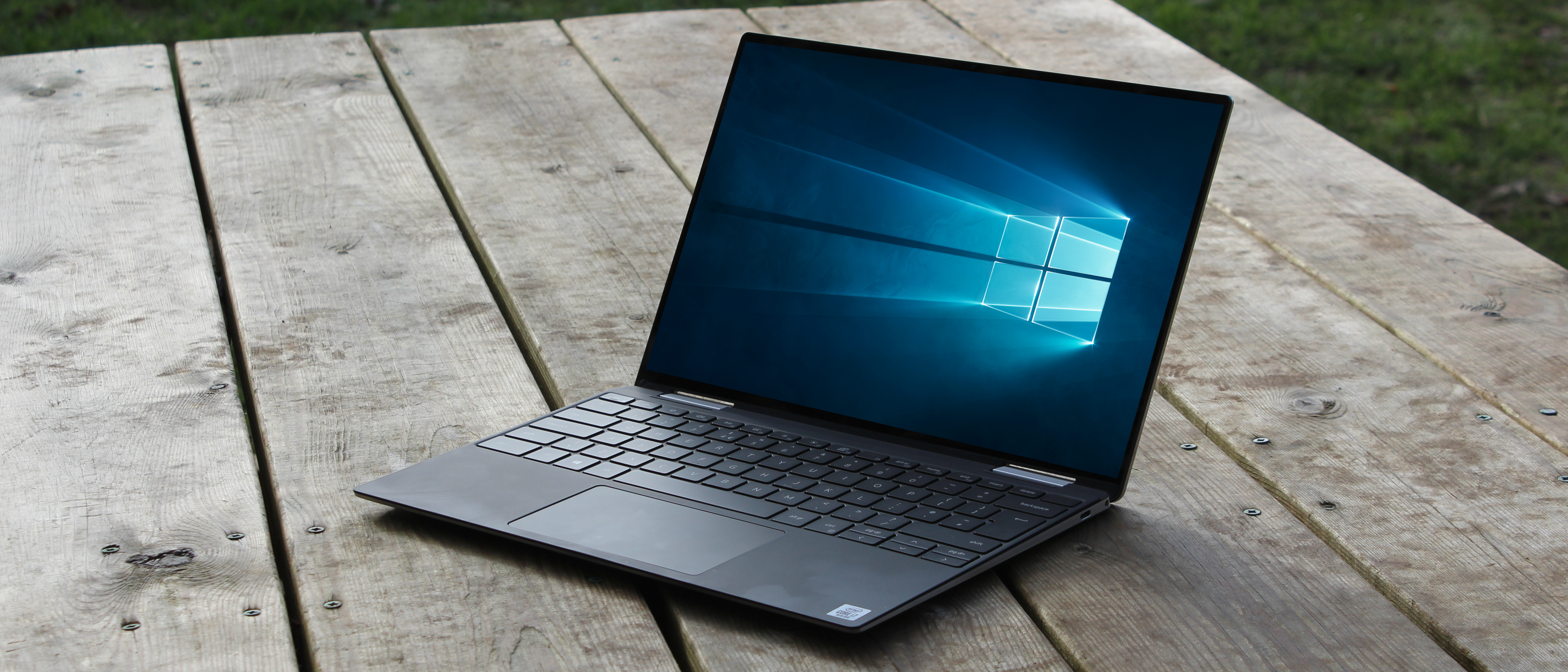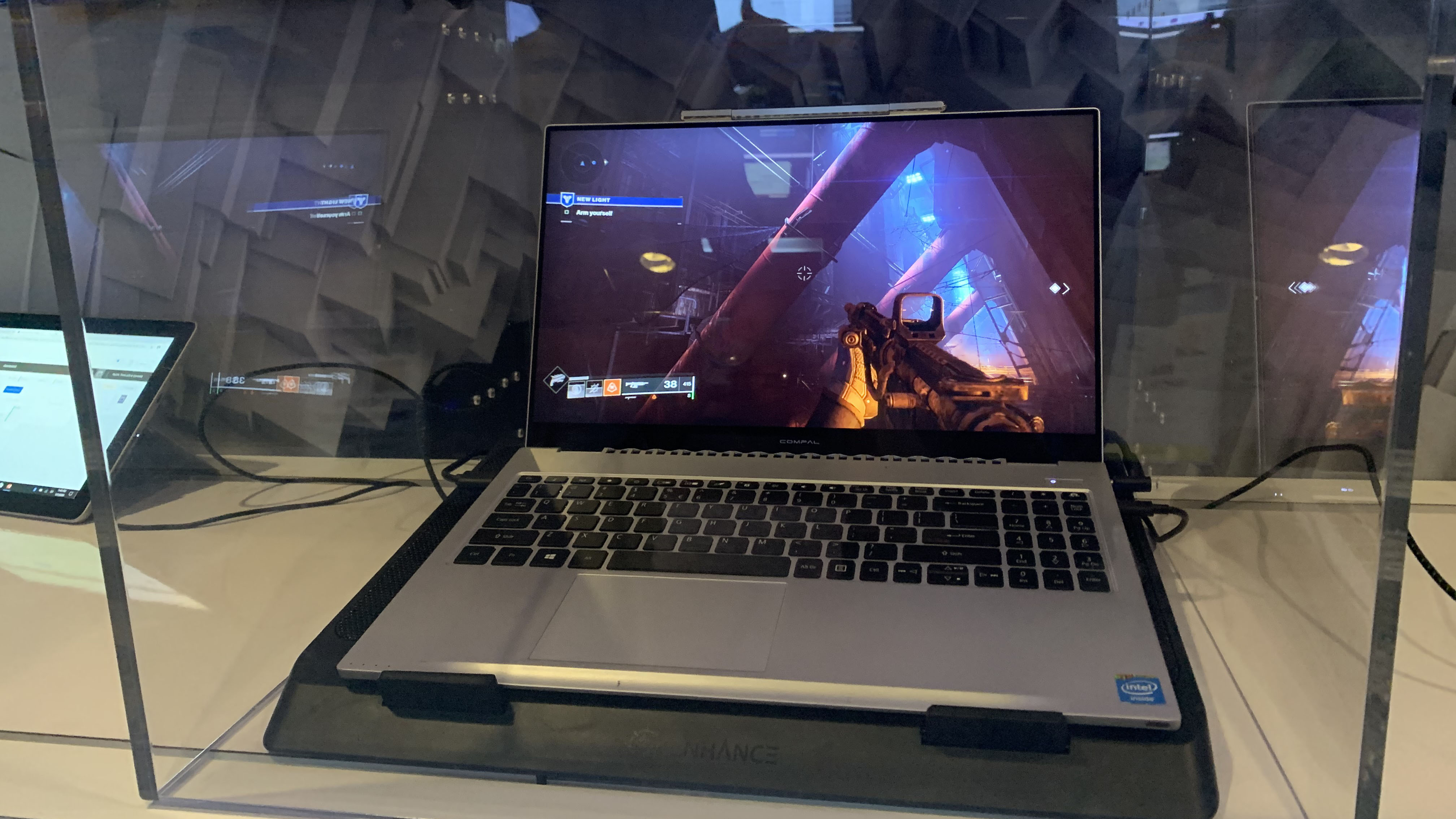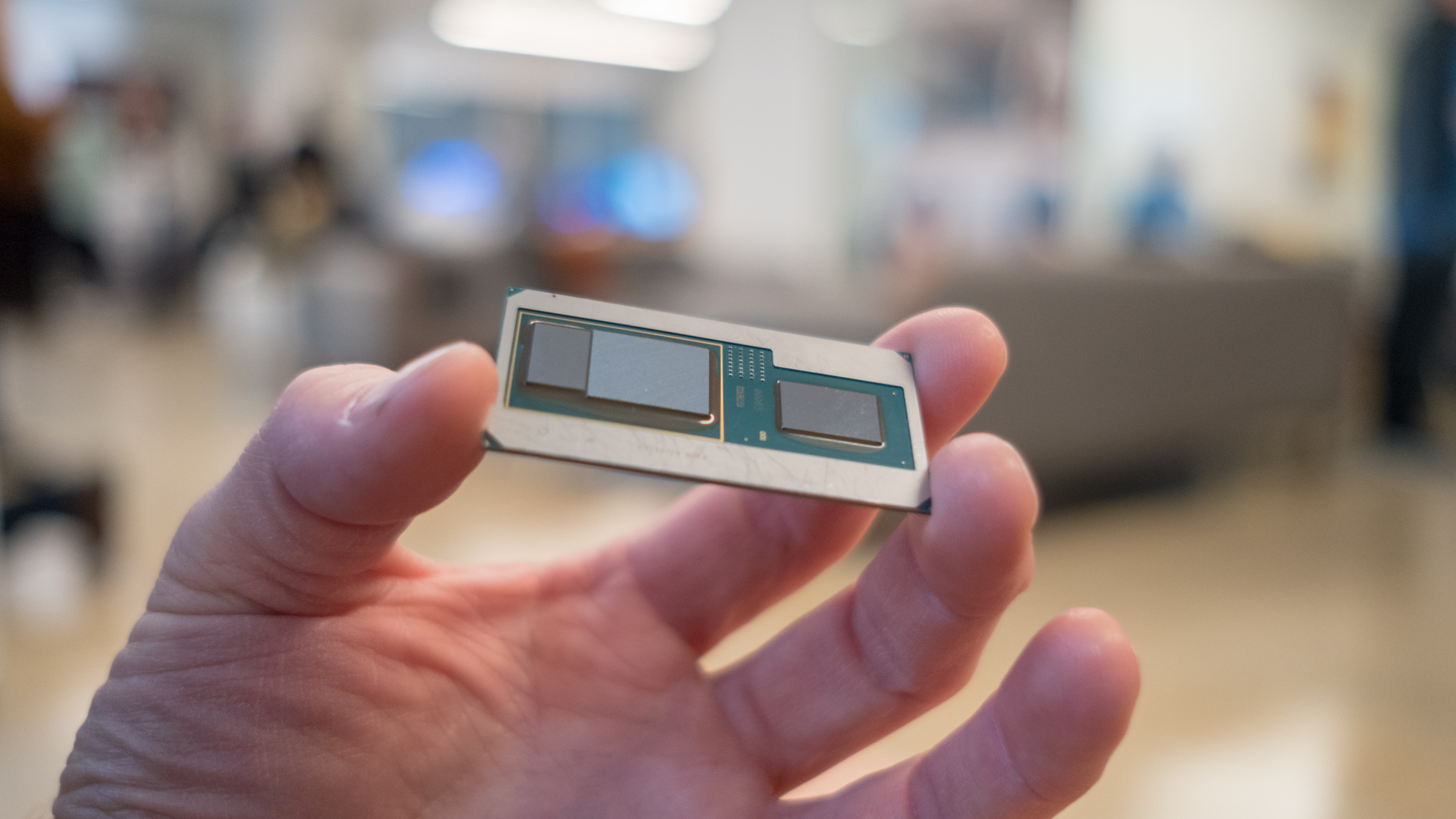Intel in 2021: could Intel regain dominance?
In 2020, Intel caught a lot of negative attention, mostly thanks to stunning releases from its competitors. All of its 2020 releases were generally great, the problem really came down to the launches from AMD – and surprisingly, Apple – outshining Team Blue's hardware.
The Comet Lake-S lineup, for instance, brought HyperThreading all the way down the product stack to the Core i3 for the first time. This meant that Intel users were able to get great multi-threaded performance no matter how much cash they were willing to throw at their PCs. It just happened to not be enough to dethrone AMD's multi-threaded lead, and by the time the AMD Ryzen 5000 series launched, Intel's 10th-generation processors just didn't have much of a draw.
Intel fared a bit better when it comes to mobile processors, as the Xe graphics in the 11th-gen Tiger Lake processors are genuinely fantastic, able to drive solid 1080p gaming performance in an ultra-slim form factor. Intel's latest mobile chips are also able to provide excellent battery life, and we're definitely excited to see how this will translate when Team Blue launches 11th-gen H-series chips for workstation and gaming-class laptops in 2021.
Intel's mobile progress, however, was dampened slightly in November 2020 when Apple announced the MacBook Air, Mac mini and 13-inch MacBook Pro, ditching Intel's silicon for processors designed in-house at Apple.
So, 2020 was a tumultuous year for Intel, full of ups and downs. In 2021, we largely expect that to continue, as Team Blue fights to maintain its relevance across all of its product lines. There are definitely some exciting things coming from Intel in 2021, the question is whether or not Intel can become everyone's darling again.

Taking a rocket ship to the Rocket Lake
It's no secret that the AMD Ryzen 5000 processors that launched in October 2020 absolutely blew Intel's 10th-generation Comet Lake-S processors out of the water, beating Intel in both single and multi-core performance.
However, the things we're hearing about Rocket Lake from the rumor mill are very promising.
For starters, we've seen some CPU-Z benchmarks that suggest that the Intel Core i9-11900 could be up to 12% faster in single-core workloads than the Core i9-10900K. That's just in CPU-Z, and is only a single benchmark, but it would mark a meaningful performance jump gen-on-gen, even if that may not be quite enough to topple the mighty AMD Ryzen 9 5900X.
A large part of this is due to the fact that Intel Rocket Lake will still be based on the 14nm manufacturing process that Intel debuted with Skylake back in 2015. This shouldn't spell doom right away, as Intel has now had more than 5 years to refine its manufacturing process, but we may be starting to get to the theoretical performance limits that Intel can reach at this size.
All of the processors in Intel's 11th-gen lineup may not even be Rocket Lake-S, either, with rumors of lower-end processors using a refreshed Comet Lake architecture.
As for what these processors will look like, the flagship we've seen show up in rumors is an 8-core chip, down from the 10-core Intel Core i9-10900K. This means Intel is likely trimming down on core counts in order to boost single-core performance. It's also possible that Intel wants to cut back on power consumption, too, as the Core i9-10900K was incredibly power-hungry and could get quite hot under load.
Right now, word on the street is that these new desktop processors will arrive in February or March 2021, which means it's very likely that Intel will show them off at CES 2021. Though, that's what we thought about Comet Lake at CES 2020, and then Intel spent that entire show talking about traffic control or whatever.

Staying mobile
When Apple announced the M1 processor, behind all of its late-2020 computers, we were already taken aback that the Cupertino giant had seemingly abandoned Intel. But, when the M1 started showing a lot of promise against Intel's U-series processors, the whole world took notice.
Now, Intel's 11th-generation Tiger Lake U-series processors only just launched in September 2020, so we don't think a followup is coming right away. If Intel does launch 12th-generation processors in 2021, it likely won't be until the latter half of the year.
However, we're sure we'll see 11th-generation H-series processors showing up relatively soon. After all, the best gaming laptops on the market are still being powered by Intel 10th-generation Comet Lake-H processors, which launched back in Spring 2020. It's likely that we'll get Intel Tiger Lake-H at CES 2021, if not some other time in the first few months of the year.
But unlike many other past Intel mobile processor launches, Intel is going to have a ton of competition across the industry. AMD is likely going to have its Ryzen 5000 mobile processors at some point, and we've already heard word that Microsoft is looking to follow in Apple's footsteps to create its own processors – both for laptops and its data centers.
For years, Intel has been able to reliably stand in a dominant place in the mobile processor market, but just like its desktop chips, there are competitors coming for its throne. If Team Blue doesn't aggressively counter AMD and the various ARM processors in the mobile space, it could lose relevance to everyday consumers. We expect 2021 to be a year in which Intel really fights to claw back its stake.

Intel Xe was weird in 2020, will stay weird in 2021
At CES 2020, Intel unveiled a consumer Xe GPU for the first time. The DG1 was a discrete-class graphics processor initially released to developers in order to get games ready to actually run on Intel's architecture. At the show, Intel showed this processor running Destiny 2 at a pretty respectable framerate, all in a relatively thin laptop (though at the time that laptop was locked in a glass box at the show that no one could touch).
Anyway, when Intel Tiger Lake launched in September 2020, consumers could finally use Xe graphics themselves, where previously the graphics tech was only available in Exascale computing. Because these processors are meant for thin and light laptops and Ultrabooks, we got to see the Dell XPS 13 get a massive 50% bump in graphics performance over the early 2020 Ice Lake-equipped model.
That's still not quite enough graphics horsepower to run something like Cyberpunk 2077 at max settings, but it's more than enough to play a bit of Rocket League or Fortnite on your lunch break at 1080p.
In 2021, we expect to see Intel Xe get pushed even further.
Back in October, a SiSoftware benchmark leaked out with a dual Gen12 Xe Graphics configuration. That leak seemed to suggest integrated graphics on a Rocket Lake processor, but it did point to 192 Execution Units (EUs), up from the 96 found on the Intel DG1, which means that integrated graphics on Intel's next-generation desktop processors might be way more powerful than they've been in the past.
We would honestly love to see an Intel desktop processor that could give AMD's Ryzen APUs (like the Ryzen 5 3600G) a run for their money, and if this leak is any indication, that could be exactly what next-generation Intel processors could be going for.
When it comes to discrete desktop graphics cards, Intel has also announced its Xe HPG series. According to a report on Toms Hardware, these desktop GPUs could come equipped with up to 512 EUs per tile, with each GPU able to have up to four tiles. Through a configuration like this, Intel's desktop graphics cards could be capable of up to 42.3 TFLOPs, which would be enough to rival the Nvidia GeForce RTX 3090 from a sheer FP32 standpoint.
Then again, we feel like we've been waiting for Intel graphics cards our entire lives at this point, so all of this means relatively little if it never translates into an actual product. We'll just have to wait and see.

Will Intel come out ahead?
While it seems like a century has passed in the time since, Intel was still on top of the world just three years ago in 2017. In a large part it was the fact that Intel just kind of got stuck on 14nm on desktop that let AMD get ahead, thanks to Team Red outsourcing its manufacturing to TSMC.
And, on the mobile side, Intel is still competitive now, but with heavy competition coming from both AMD and ARM, Intel could have a hard time staying competitive. More than anything, Intel needs a strong 2021 to stay in the game, and while we don't think Intel will be at the top of the market once New Years Day 2022 rolls around, we don't think Intel is going to slip much further than it's already slipped.
And, who knows – if Intel is able to push out strong dedicated graphics cards that can take on Nvidia Ampere and AMD Big Navi, it could make everyone love Intel again. Either way, 2021 is going to be another year full of fights for Intel, and it's going to be a lot of fun to watch them from the sidelines.
from TechRadar - All the latest technology news https://ift.tt/38Clexo
No comments